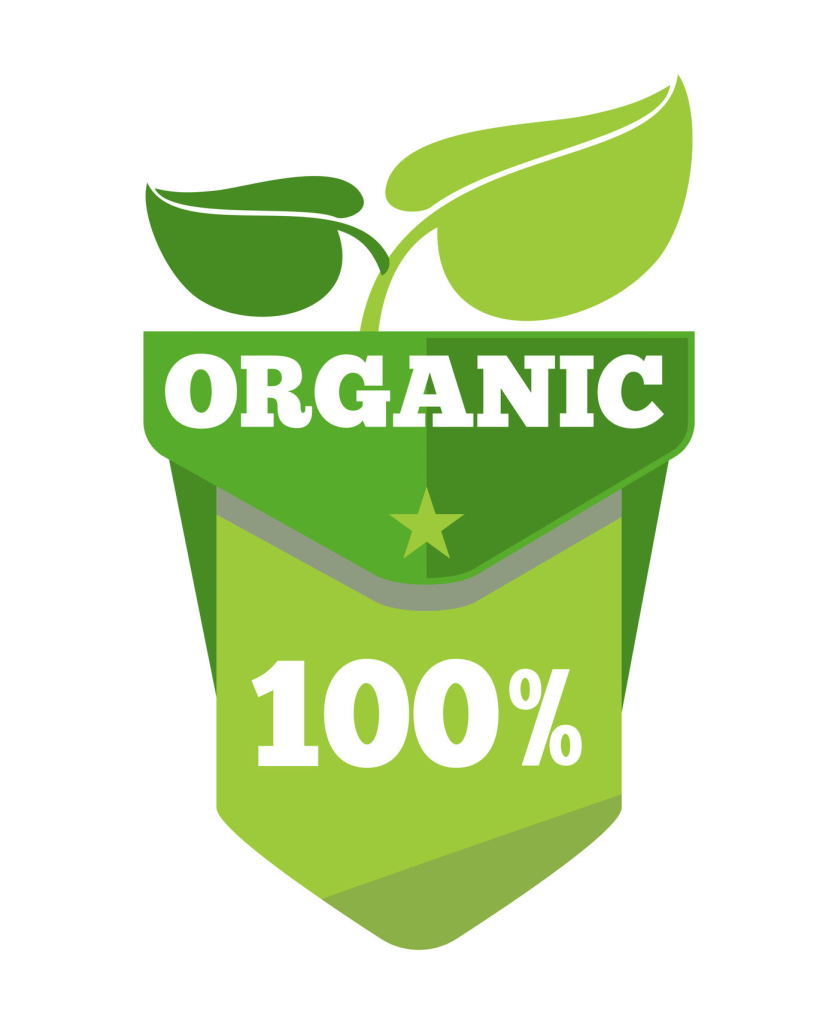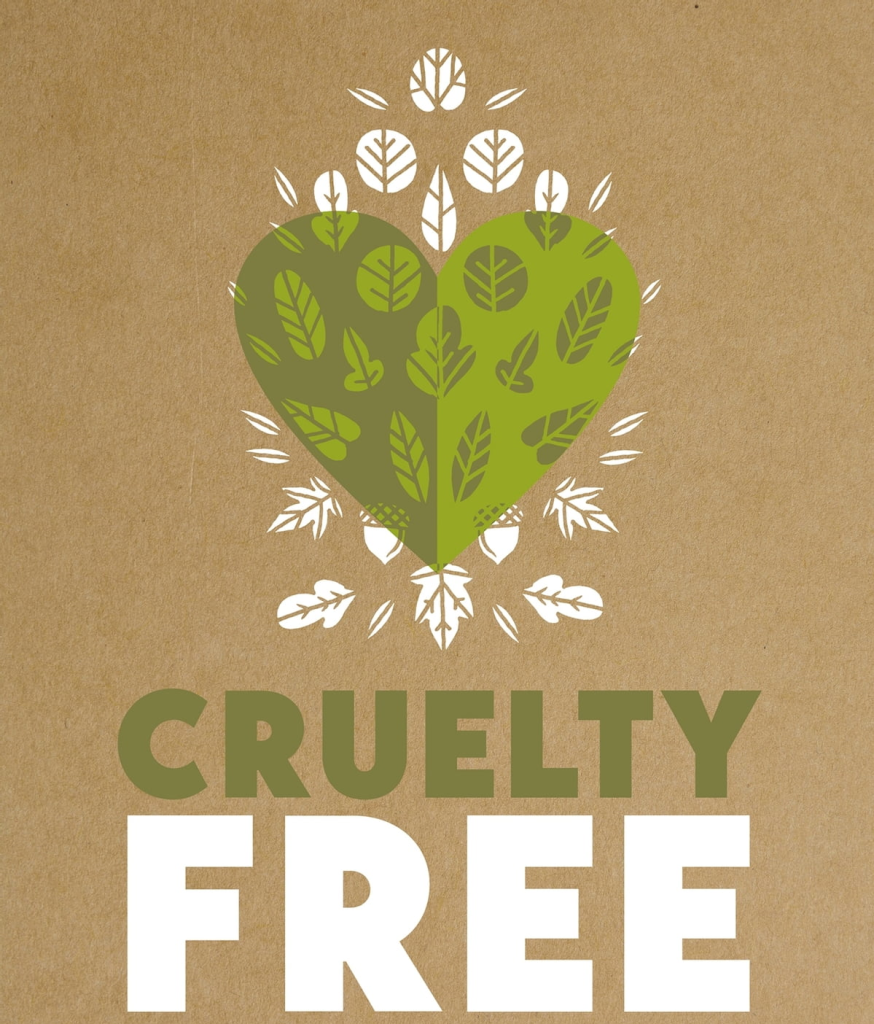Organic cosmetics have surged in popularity in recent years as more people become concerned about the environment and seek out products made from all-natural ingredients. The numerous buzzwords and labels that are found on cosmetic products, on the other hand, can make it difficult to navigate the market and understand exactly what it is that you are purchasing. In this post, we will define the jargon, as well as explain what information consumers should look for on the labels of organic cosmetics.
It is essential to have a good understanding of the distinction between “organic” and “natural” components. “Natural” ingredients are those that are derived from plants, animals, or minerals, whereas “organic” ingredients must meet specific standards set by governing bodies such as the USDA or ECOCERT. “Natural” ingredients are those that are derived from plants, animals, or minerals. “Organic” ingredients must meet these standards. In order for ingredients to qualify as organic, they must be grown and processed free of any synthetic chemicals, including pesticides and fertilizers. As a result of this, organic cosmetics are typically considered to be a more secure and environmentally friendly alternative to conventional beauty products.
When shopping for organic cosmetics, it is essential to look for specific labels that indicate the level of organic content contained within the product. This information can be found on the back of the packaging. The following is a list of common labels that you might come across:
“100% organic” denotes that the product in question is made entirely from organic components.
The term “organic” denotes that the product in question is comprised of at least 95% organic components.
Products with this label contain at least 70 percent organic ingredients, as required by the “Made with organic ingredients” certification.

It is essential to keep in mind that the percentage of organic components listed on these labels refers only to those components of the product and not to the product as a whole. The remaining percentage might still have natural or artificial components in it. Because of this, it is essential to read the complete list of ingredients so that you are aware of exactly what it is that you are putting on your skin.


Another label that you should look out for is one that says “Cruelty-Free.” This indicates that the product has not been tested on any animals, and it is typically denoted by a logo depicting a jumping bunny. In a similar manner, labels that read “Vegan” denote that the product in question does not contain any components derived from animals.
It is essential to look for specific certifications from governing bodies, in addition to the labels listing the ingredients and the results of any testing done. For instance, ECOCERT is a certification body that verifies whether or not a product satisfies certain requirements pertaining to organic farming and the environment. The United States Department of Agriculture (USDA) also runs a program to certify products as organic if those products meet a set of predetermined requirements.

Understanding the labels on organic cosmetics can be difficult; however, if you take the time to educate yourself on the various certifications and labels, you can increase the likelihood that you will make well-informed decisions regarding the cosmetics and other beauty products you purchase. If you choose organic cosmetics, you are not only putting your own health and well-being first while also supporting businesses that are committed to being environmentally and socially responsible when you make this choice.




No comment